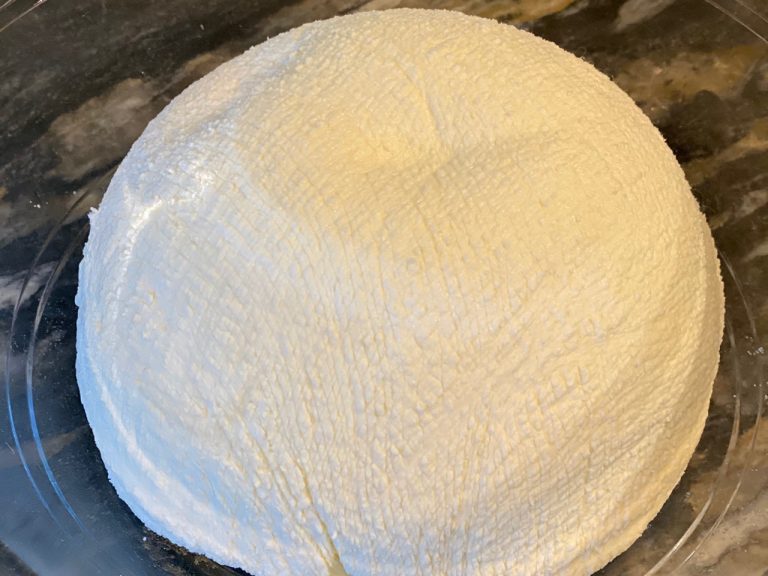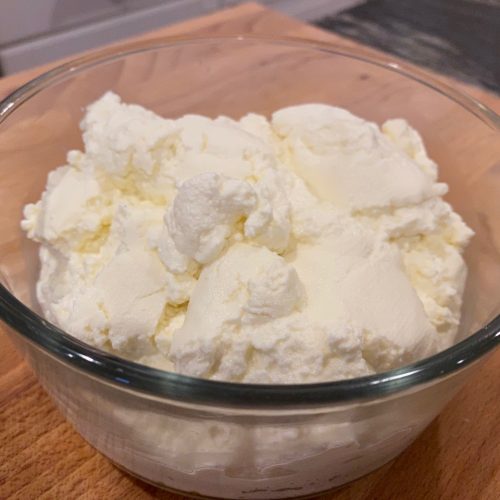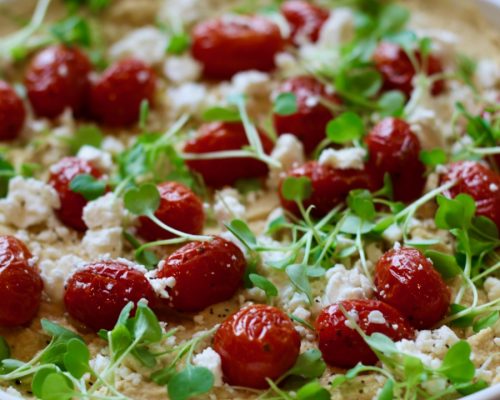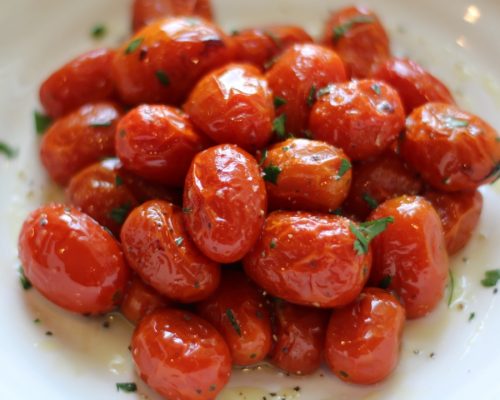Anyone can learn how to make ricotta cheese. It’s just that easy.
With a creamy texture and mild flavor, ricotta is widely used in baked and raw pastas, blended with other cheeses, topped on crostini, rolled in omelettes and stuffed into chickens. It’s culinary uses are endless, and delicious. Most people are familiar with the store bought However, the store bought kind found in plastic containers at the grocery store, but I’m here to tell you that store bought ricotta cheese is garbage compared to homemade. The good news is, it’s really easy to make your own.
What is Ricotta cheese?
Ricotta is what’s called a “whey cheese” which means to separate milk into two distinct things- the solids, called curds, and the liquid called whey. In order to separate the curds and whey, milk is heated and then a form of acid is introduced, usually in the form of lemon juice or white vinegar. Once the separation occurs (which only takes minutes) the mixture is strained through cheesecloth. The liquid passes through and what remains is the ricotta cheese.
Ingredients in Ricotta
Ricotta Cheese only requires 4 basic ingredients- whole milk, heavy cream, white wine vinegar and salt. *The milk and cream must be unpasteurized or separation will not occur.
How to Make Ricotta Cheese:
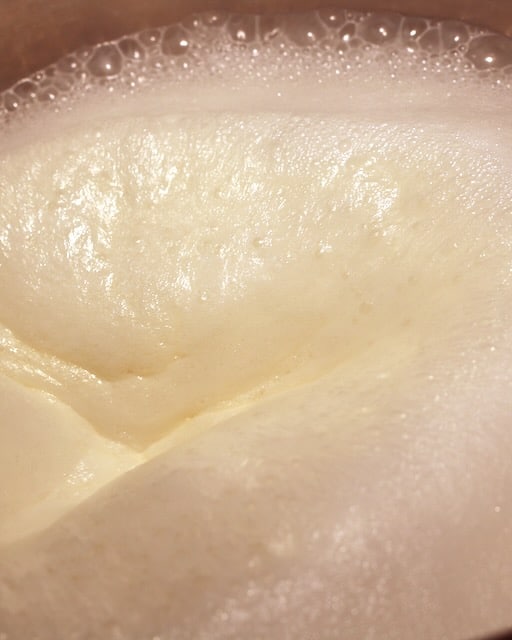

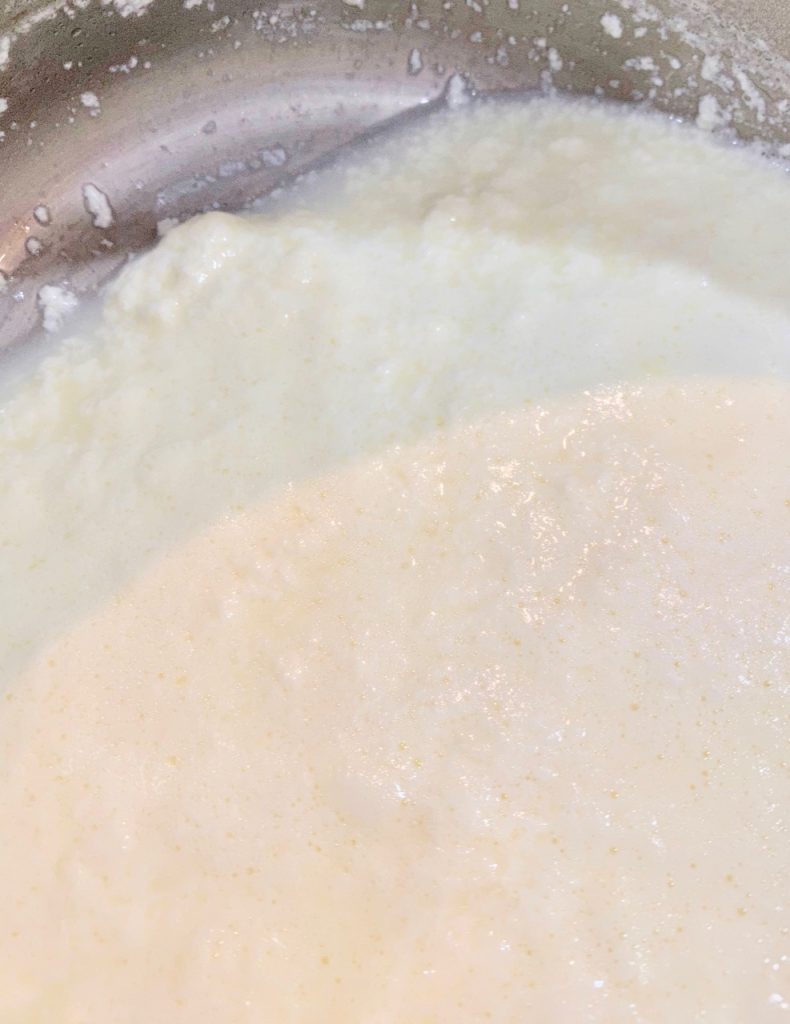
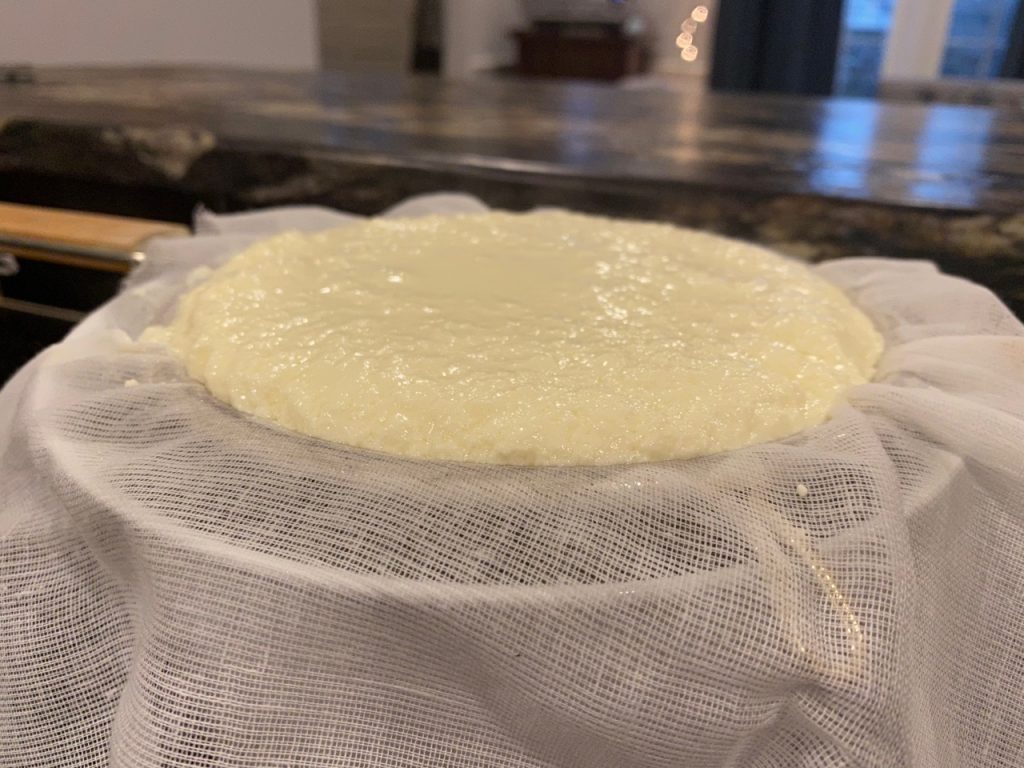
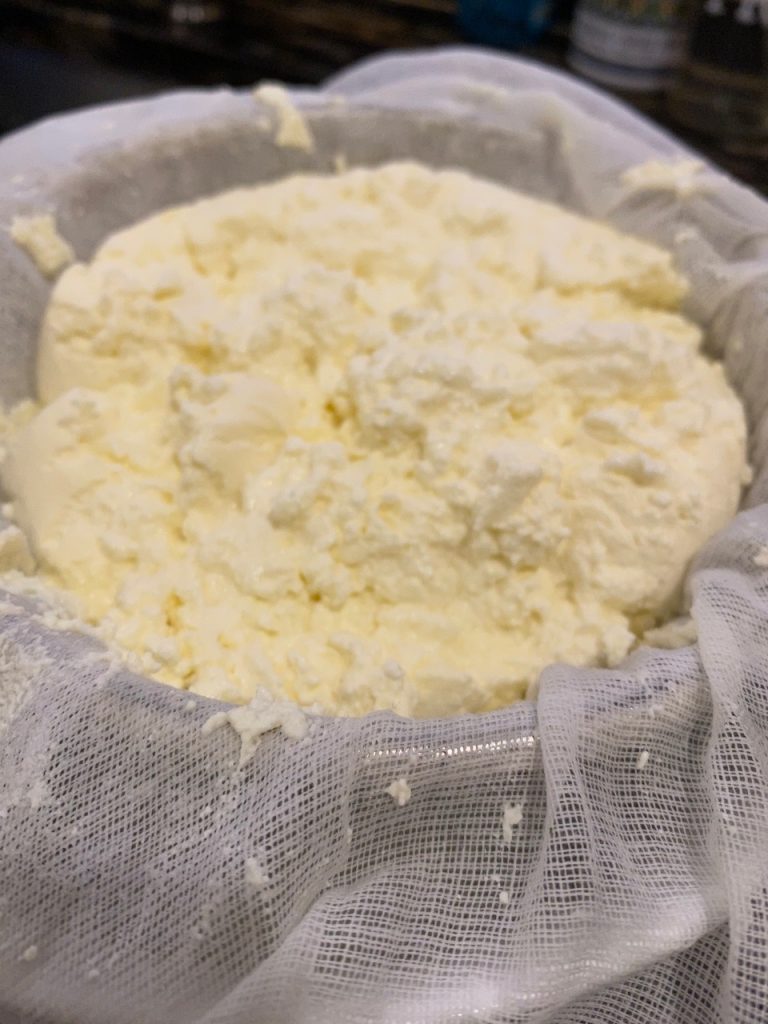
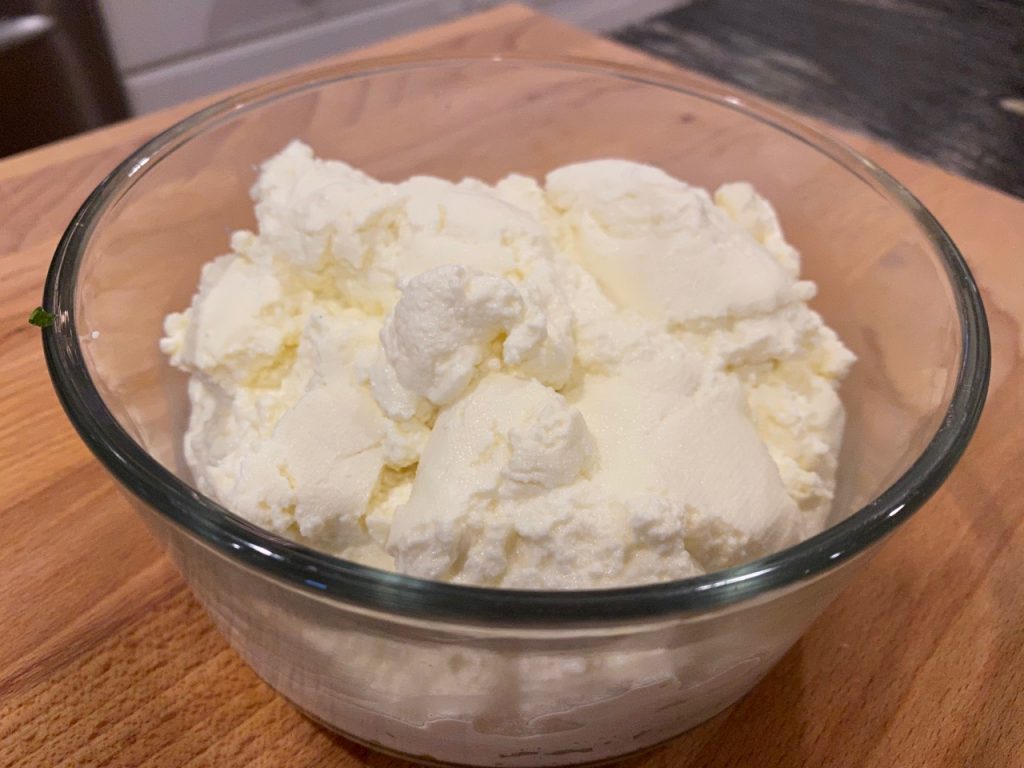
Ingredients to Make Ricotta Cheese
- 4 cups whole milk
- 2 cups heavy cream
- White wine vinegar (or lemon juice)
- Kosher salt
Equipment Required
- A basic sieve
- Cheese cloth
*IMPORTANT NOTE: The milk and cream must NOT be Ultra- Pasteurized. The process of ultra pasteurization kills off the enzymes required for it to turn into cheese! (Trust me on this… I learned the hard way!) You will end up with a pot of hot dairy and nothing more.
Uses for Ricotta Cheese
Ricotta is an incredibly flexible ingredient. My absolute favorite way to use homemade ricotta is to make classic cheese raviolis, because, well, I am obsessed with making raviolis. This ricotta is so light, and I roll fresh pasta that is oh, so thin! The end result is like eating delicious, Italian air. It will also transform spaghetti and meatballs just by adding a dollop of ricotta in place of parmesan giving it a creamy, indulgent richness. Another favorite of mine is to serve it simply with crostini toast. Or, make fig ricotta cake, or ricotta pancakes, or scrambled eggs with a touch of ricotta. Or…just do as I do and grab a spoon and eat it right out of the bowl and hope no one catches you 😉
